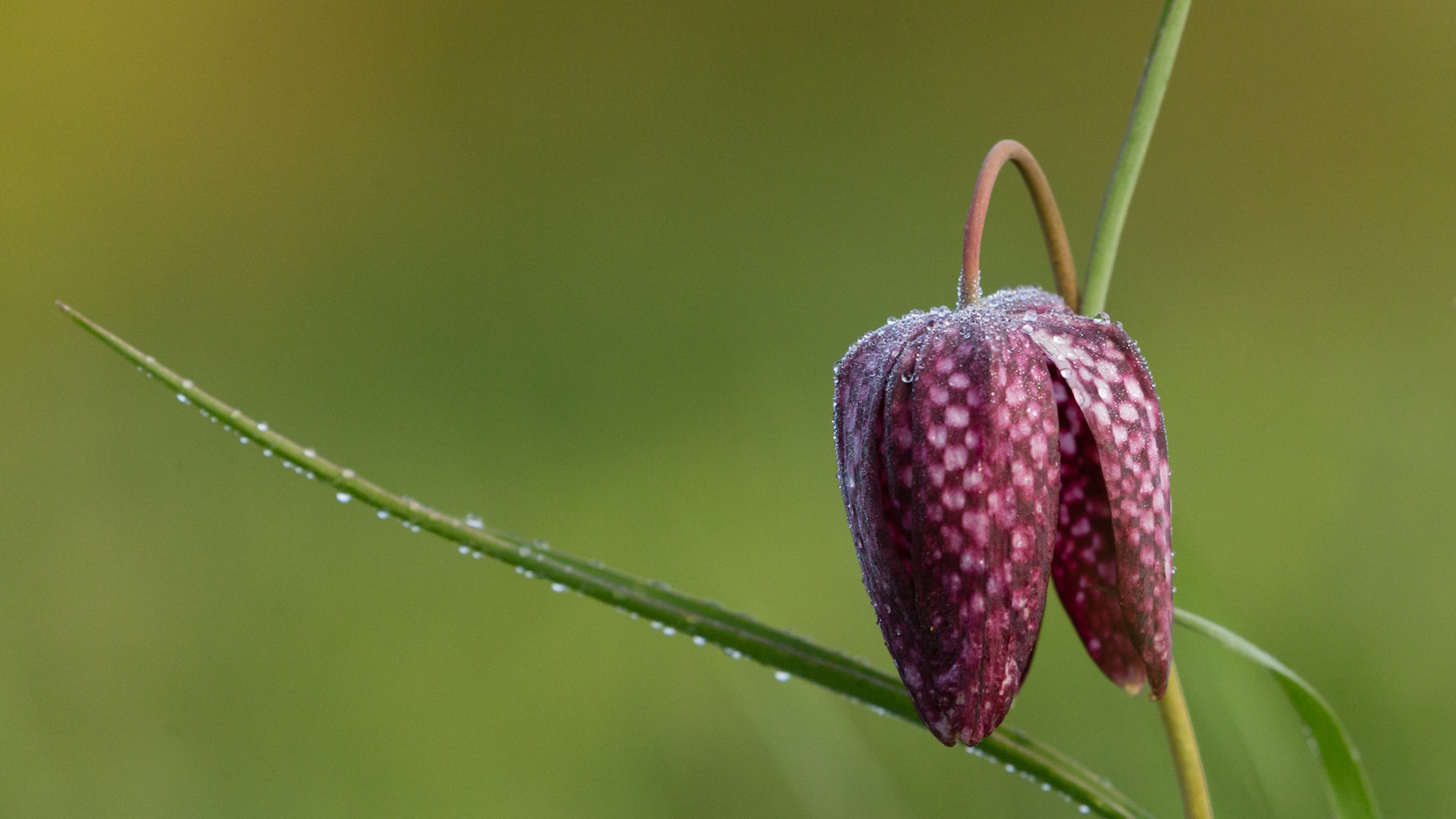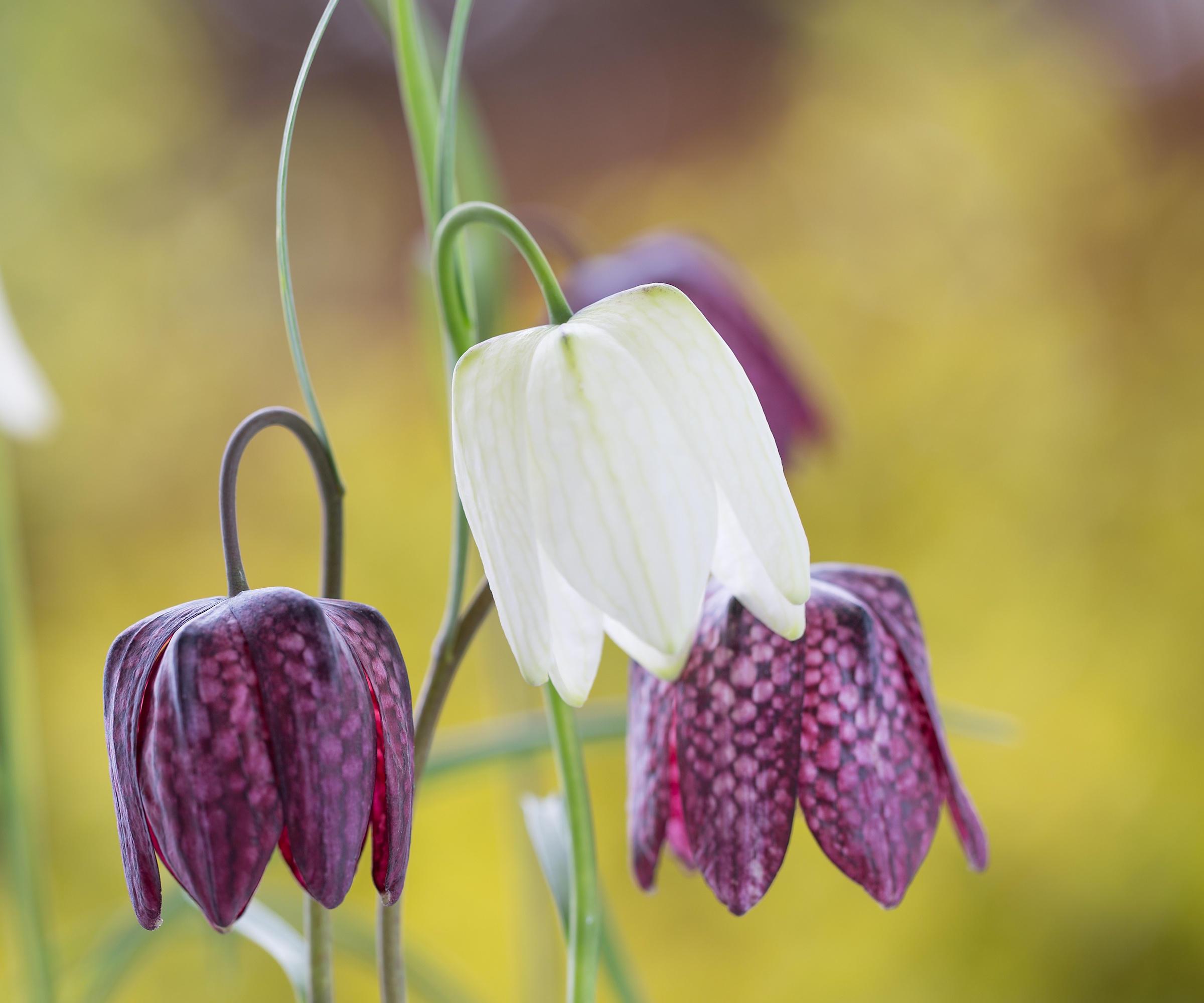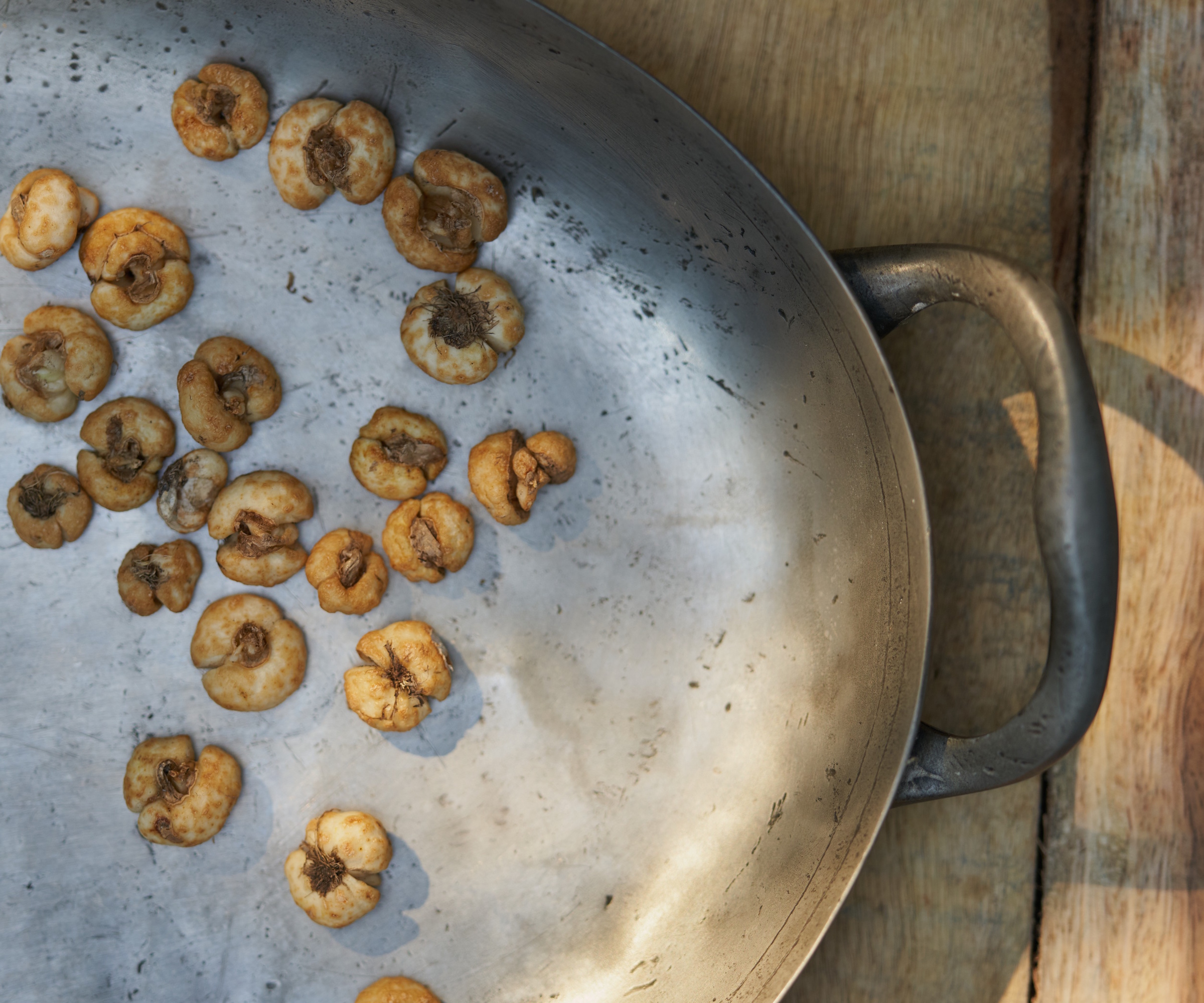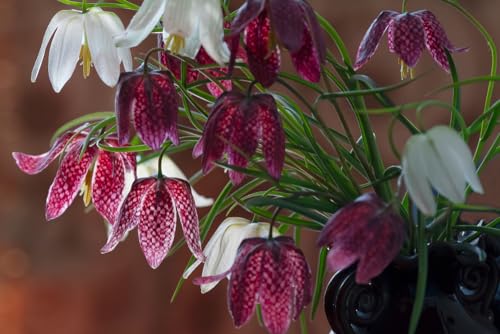Plant snake's head fritillaries now to transform your spring garden – for unusual, checkerboard flowers next year
Easily learn how to grow snake's head fritillaries with our expert guide


The snake’s head fritillary is a remarkable plant. Known by many names, including the chess flower and the chequered lily, this spring flowering bulb has striking, magical blooms that open in shades of white, purple and yellow.
Native to central and northern Europe, snake’s head fritillaries, or Fritillaria meleagris, shoot from small bulbs, producing green shoots early in March before pendulous flowers appear in April and May. As you can see in the images here, snake’s head fritillaries are particularly impressive when seen growing in meadows or lawn areas.
So, if you are seeking high-impact bulbs to plant in the fall months that will return year after year, snake’s head fritillaries are one plant to consider. Here, gardening experts reveal how to grow and care for this striking perennial.

How to grow snake's head fritillaries
From September to November you can plant fritillary bulbs that will bloom the following spring. As a former professional gardener, I have planted thousands of bulbs, including snake's head fritillaries and imperial fritillaries. While not as well known as tulips or daffodils, planting some of these unusual bulbs is sure to add that wow factor to your yard.
Growing advice for snake's head fritillaries

'The small, checkerboard flowers of Fritillaria meleagris are both unique and elegant, and I think they have a charm unlike any other spring bulb,' says Rachel Bull, head of gardens at Homes & Gardens.
'I have planted and grown these bulbs for many years in my own garden, and come April and May, when the purple and white nodding flowers decorate my yard, there is no better signal that spring has arrived. Snake's head fritillaries will also naturalize in a lawn area, which is how I grow a lot of these flowers. They are a joyful surprise when their distinctive heads pop up in the lawn.'
Snake's head fritillaries are hardy, 'thriving from US hardiness zone 4 to US hardiness zone 8,' Rachel adds. 'The bulbs are small, no bigger than half an inch. So long as you get them planted deep in the ground, by three to five inches, they should survive heavy frost and snow during winter.'
Design expertise in your inbox – from inspiring decorating ideas and beautiful celebrity homes to practical gardening advice and shopping round-ups.

Rachel is a gardening editor, flower grower and floral designer. Her journalism career began on Country Living magazine, sparking a love of container gardening and wild planting. After more than a decade writing for and editing a range of consumer, business and special interest titles, Rachel became editor of floral art magazine The Flower Arranger. She then trained and worked as a floral designer and stylist in London for six years, before joining the Homes & Gardens team.
Plant care for snake's head fritillaries

Soil: 'Snake's head fritillaries prefer moist but well-drained soil,' says Reese Robbins, garden expert and creator of Just Pure Gardening. 'They tend to thrive in meadows or grassy banks where the soil is slightly damp but not waterlogged. If you are planting in beds, it is a good idea to improve soil health by enriching your yard with compost or well-rotted manure to retain moisture while improving drainage. In addition, an acidic to slightly neutral pH level of 6.0-7.0 will generate the best growth.'
Light: 'Partial shade suits fritillaries best,' Reese continues. 'They tend to enjoy slightly shadier, cooler conditions. My advice: plant them in a location that gets morning sun but is shaded in the hotter afternoon hours to prevent wilting.' If you have a yard that is dark for most of the day, consider our guide to the best bulbs for shade.
Watering: 'Keep fritillaries consistently moist through their growing season (fall through spring) but avoid waterlogging,' Reese says. If the soil is damp when you plant the bulbs, you should not need to water, and usually, due to heavy rain during fall, watering will not be required.
Fertilizing: 'Fritillaries generally can find what they need from the soil, but you can apply a balanced, slow-release fertilizer in early spring to encourage strong flowering. Avoid overfeeding, which is a common fertilizing mistake to avoid and can lead to lush growth with fewer blooms,' Reese explains. Organic fertilizer is available from Walmart.
Pruning: Snake's head fritillaries require no pruning. After flowering, leave the foliage to turn yellow and brown over the summer months, helping the bulb to produce as much energy as possible so that it can return next year. These are some of the best bulbs for naturalizing in lawns or borders, so be sure to leave some flowers to go to seed which will then scatter across your yard in the breeze.
Toxicity: Snake's head fritillaries are considered toxic to humans and animals. This plant contains harmful alkaloids in all parts, including the bulbs, leaves and flowers. Handle with care, wearing gardening gloves, and keep an eye on pets and children. If any part of the snake's head fritillary is ingested, seek medical help.
Pests and problems: This bulbous perennial is very appealing to slugs and snails, which can eat the leaves and stems. If it is a very wet spring, this can prove challenging, although if you have plenty of bulbs, losing one or two doesn't tend to be a problem. Being a member of the lily genus, Liliaceae, fritillaries can also be attacked by red lily beetles, so it is worth keeping an eye out for these noticeable pests during spring and summer as they can quickly strip plants of foliage. Simply remove them by hand and dispose of them in a manner of your choosing.

Reese L. Robbins is the founder of Just Pure Gardening, a site full of fruit and vegetable growing guides, garden ideas, and garden product reviews.
FAQs
What varieties of snake's head fritillary would you recommend?
'There are many different varieties of Fritillaria meleagris that you can grow,' Reese says. 'For a purple cultivar, try 'Saturnus' or 'Mars', and for a white option, stick with the classic 'Alba'. If you want to try another fritillary in your yard this year, try growing the striking Fritillaria persica species, which is a taller option with spiky, dramatic flower stalks that reach up to three feet tall. Plant a group of three or five towards the back of a border.'
Can I grow snake's head fritillaries in pots?
Yes, you can grow snake's head fritillaries in pots. 'This fritillary works well in containers,' Reese says, 'allowing you to enjoy these unique hanging flowers on patios or balconies. If possible, use a deep pot with good drainage, and fill it with a mix of potting soil and sand or grit for good moisture control. Be sure to keep your bulbs watered during spring and summer, however, as pots will quickly dry out.'
'Snake's head fritillaries tend to reach 10 to 12 inches tall,' Rachel Bull adds. 'If you are looking for cutting garden flowers to harvest and display in a vase indoors, they will work best in smaller bud vases as their stems are also very slight. Simply snip the stem just above a healthy leaf node, ensuring that the bulb can still produce and retain energy needed to return next year.'

Thomas is a Content Editor within the Gardens Team at Homes and Gardens. He has worked as a professional gardener for both public spaces and private estates, specializing in productive gardening, growing food and flowers. Trained in Horticulture at the Garden Museum, he has written on gardening and garden history for various publications, including The English Garden, Gardens Illustrated, Hortus, The London Gardener and Bloom. He has co-authored a Lonely Planet travel book, The Tree Atlas, due out in 2024.
